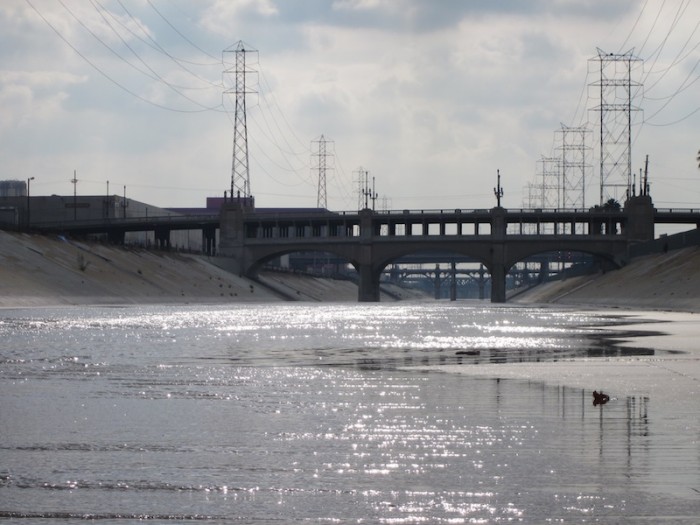
A $1.3 billion plan to restore a portion of the Los Angeles River cleared a key hurdle last Thursday, that will allow federal engineers to request funding from Congress, Mayor Eric Garcetti announced. The Army Corps of Engineers’ Civil Works Review Board green-lighted a draft of the final environmental impact report for the plan, which is aimed at restoring the natural ecosystem of an 11-mile stretch of the Los Angeles River that flows between Griffith Park and downtown Los Angeles.
Much of the 51-mile-long Los Angeles River was covered in concrete during the early part of the 20th century to prevent flooding and to serve as a drainage system during storms.
“Today is the culmination of more than a decade of work and marks an important milestone in our efforts to restore the Los Angeles River,” said Garcetti, who was in Washington, D.C., Thursday July 16, to make a push for the project in front of a panel of senior U.S. Army Corps of Engineers officials.
“Because the Army Corps of Engineers has now given its official blessing, we have an opportunity to transform both the river’s aquatic riparian ecosystem and our city,” Garcetti said.
The Civil Works Review Board’s approval marks a key milestone for the project, which next goes before the Army Corps’ chief engineer for approval, according to Jay Field of the Army Corps of Engineers’ Los Angeles district. If that hurdle is passed in November, the Army Corps could begin pitching the project to Congress for funding authorization as part of the Water Resources Reform and Development Act, he said. Army Corps Los Angeles District Commander Col. Kim Colloton said the board’s approval “validated that the recommended plan is technically feasible, environmentally acceptable and economically justified.”
“Our partnership with the city of Los Angeles is as strong as it was in 1898 when we were working on the breakwater for the Port of Los Angeles, and it has been providing benefits and functioning well for over 80 years. It’s now time to make room for the river,” she said.
More than 700 acres would be restored under the plan, through widening and landscaping of parts of the river to allow for vegetation, exposing small streams, taking out invasive plants and creating marsh areas, according to Army Corps officials. Some recreational elements would also be added, such as trails, viewing areas, pedestrian bridges and educational features. The proposed restoration project was spearheaded by local river activists and elected officials who wanted to bring back the river’s natural habitat, flora and fauna, as well as make it more inviting for public recreational use.


